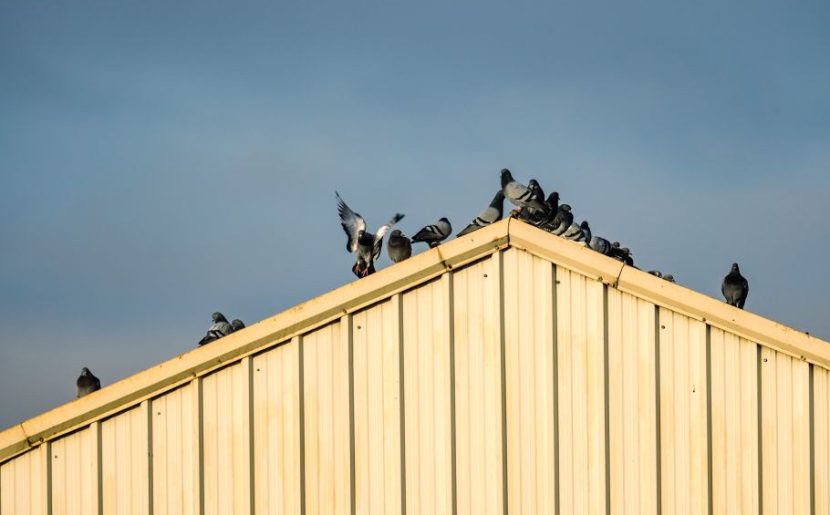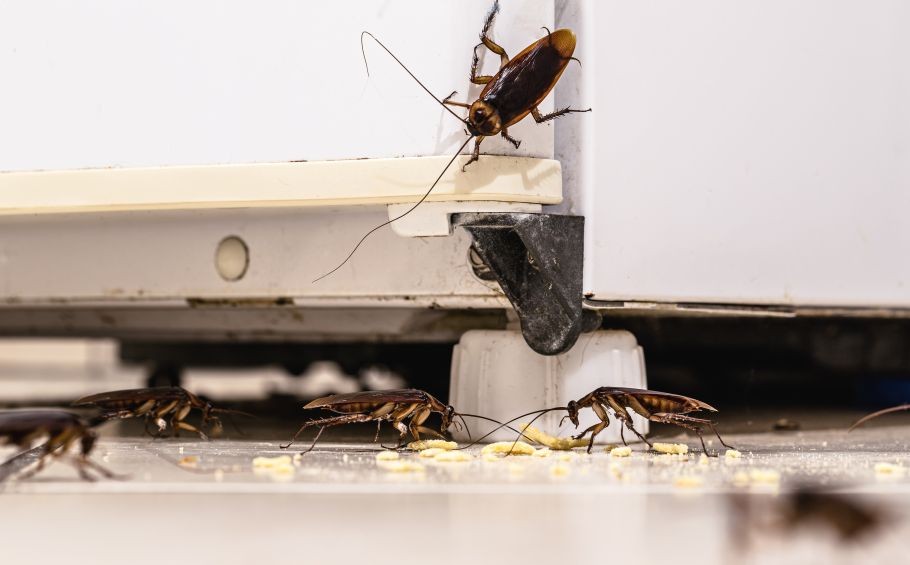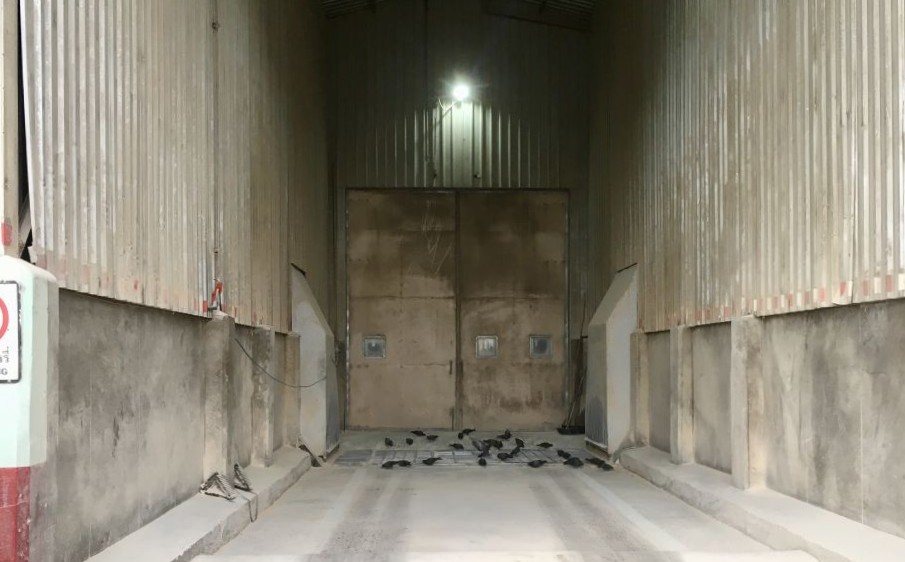No Open Door Policy: Challenges That Impact Pest Control in Food Processing Plants
By Ian Williams
John, a food production line worker, takes his lunch break outside on a nice spring day. He discovered that the back side of the plant gets great sun and provides a nice, relaxing view of nearby farm fields, with crops just starting to be planted. He went out a side door and used a small metal box nearby to prop it open, so he doesn’t get locked out. While enjoying his sandwich, he doesn’t see a rat scurrying from the field to the building and dart through the open door into the facility.
Rosa is an expert at driving a forklift, probably the best the company has. She can move products quickly and precisely, keeping the outbound shipments on time as she loads trailer after trailer with finished pallets of packaged food. It gets hot in the summer, so she likes to leave at least one loading dock door open to allow some of the breeze in from outside and to glimpse some sunlight occasionally. The local pigeons have also noticed the open door and fly in to take advantage of protected harborage and the potential of tasty food scraps.
While HACCP plans rarely address where your ‘raccoon critical control point’ is, the prerequisite programs are there to help.
Leon is the head of maintenance at a candy facility, and the sweet scent of sugar can be smelled for a mile before he gets to work every day. The facility is aging, and he’s been fighting fires to keep some of the ventilation system going. As it starts to warm up, he’s been focused on getting the four roof vent fans online before the summer heat sets in. While on the roof, he notices one of the vent coverings has been damaged, with gray fur stuck to the sides leading into the building and enormous piles of animal droppings on the roof.
What’s the connection to food safety in all three of these fictional-yet-probable scenarios?
Vertebrate wildlife entering a food facility – whether it’s a rat trekking Leptospira, a pigeon carrying E. coli, or a raccoon waiting to spread Salmonella – bring the outside inside and often carry heavy microbial loads that are easy to spread via contact with their paws or tails, or directly in their droppings, urine, or saliva.
Vertebrates can also carry zoonotic diseases that can be transmitted to staff via ectoparasites, like fleas, ticks, mites, and lice, which each bring their own challenge in managing and getting production back on track.
Lastly, they can even damage structures and equipment – bird droppings are acidic, rats like all rodents can chew and gnaw on a huge variety of materials, and raccoons can literally rip things open with their dexterous paws – creating other operational issues, messes, and potential contamination pathways.
Federal food regulations in the U.S. define a pest as “any objectionable animals or insects including, but not limited to, birds, rodents, flies, and larvae.” While a rat is most often categorized here, this broad category means any animal found in a place where we don’t want it to be, inside or outside a facility.
While HACCP plans rarely address where your “raccoon critical control point” is, the prerequisite programs mandated to be in place before HACCP ensure that entry points for pests are sealed or excluded, that monitoring for pests is part of the program, and that sanitation efforts to limit food sources and animal attractants be standard practice. All these efforts should come together to look at a holistic, integrated approach to pest management involving all food facility staff. But how do you get everyone on board?
Training to recognize “doors”
For vertebrate pests, any opening they can squeeze their head through is typically an open door to them. A missing door sweep that leaves ¼ of an inch can be enough for rats to enter. While raccoons need a softball-sized hole, birds typically like something larger if flying in.
In our scenarios earlier, did John, Rosa, and Leon know their actions could lead to pest issues? Probably not. Do their companies already have door policies? Probably.
Questions company leaders can ask to beef up their pest control programs and employee training on these issues include:
- Do you have training to help staff understand your policies about doors and why they are in place?
- Does your maintenance team understand the importance of exclusion and routine repairs to help keep pests at bay?
- Does your budget department understand the cost to keep pests away?
These are all easy questions to ask at a facility to understand where some gaps might be in a pest management program. Partnering with a pest management provider to educate the staff, inform budget and maintenance decisions, and monitor with a specialist’s eye for pests in and around your facility can save a lot in the long run.
Looking for “open doors,” whether they are actual doors or “raccoon-sized doors,” is an all-hands-on-deck effort to protect food from these pests but also to keep the food supply and staff safe from the accidental and sometimes zoonotic disease agents that they can bring in.
About the author:
Ian Williams, MS, BCE, PCQI, CWCP, is the Technical Services Manager and Staff Entomologist at Rollins, Inc., where he supports pest management strategies across field operations and training. A board-certified entomologist specializing in urban entomology, he holds a master’s degree from the University of Florida. Williams has more than a decade of experience in pest control in food processing and wildlife management, including roles in technician training and branch leadership. He is active in industry organizations and passionate about promoting science-based, sustainable pest solutions.

-
 FeaturedRisk management
The Cost of a Breach: What a Cyberattack Could Mean for Food Safety Recalls
FeaturedRisk management
The Cost of a Breach: What a Cyberattack Could Mean for Food Safety Recalls
-
 FeaturedRisk management
Securing the Food Chain: How ISO/IEC 27001 Strengthens Cybersecurity
FeaturedRisk management
Securing the Food Chain: How ISO/IEC 27001 Strengthens Cybersecurity
-
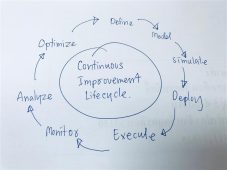 FeaturedRisk management
Revolutionizing Food Safety Training: Breaking Out of the “Check-the-Box” Mentality
FeaturedRisk management
Revolutionizing Food Safety Training: Breaking Out of the “Check-the-Box” Mentality
-
 GFSI Standards
GFSI 2025: Building Trust, Tech-Forward Solutions, and Global Unity in Food Safety
GFSI Standards
GFSI 2025: Building Trust, Tech-Forward Solutions, and Global Unity in Food Safety
-
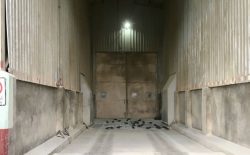 FeaturedFood Safety
Integrated Pest Management: Strategies to Protect Your Brand’s Reputation
FeaturedFood Safety
Integrated Pest Management: Strategies to Protect Your Brand’s Reputation
-
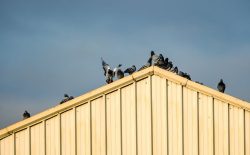 FeaturedFood Safety Culture & Training
No Open Door Policy: Challenges That Impact Pest Control in Food Processing Plants
FeaturedFood Safety Culture & Training
No Open Door Policy: Challenges That Impact Pest Control in Food Processing Plants

